Continuously Reinforced Concrete Pavement is a Portland cement concrete (PCC) pavement that has continuous longitudinal steel reinforcement and no intermediate transverse expansion or contraction joints. The pavement is allowed to crack in a random transverse cracking pattern and the cracks are held tightly together by the continuous steel reinforcement.
Concrete Thickness. Generally the slab thickness is the same as the thickness of a jointed concrete pavement unless local performance has shown thinner pavements designed with an accepted design process to be satisfactory.
Reinforcing Steel.A minimum of 0. 6 percent (based on the pavement cross sectional area) is recommended to aid transverse crack development in the range of 8 feet, maximum, and 3. 5 feet, minimum, between cracks. Exceptions should be made only where experience has shown that a lower percentage of steel has performed satisfactorily. In areas where periods of extremely low temperature (average minimum monthly temperatures of 10F or less) occur, the use of a minimum of 0. 7 percent steel is recommended.

Bases. The base design should provide a stable foundation, which is critical for CRCP construction operations and should not trap free moisture beneath the pavement. Positive drainage is recommended. Free moisture in a base or subgrade can lead to slab edge-pumping, which has been identified as one of the major contributors that cause or accelerate pavement distress. Bases that will resist erosion from high water pressure induced from pavement deflections under traffic loads, or that are free draining to prevent free moisture beneath the pavement will act to prevent pumping. Stabilized permeable bases should be considered for heavily traveled routes. Pavements constructed over stabilized or crushed stone bases have generally resulted in better performing pavements than those constructed on unstabilized gravel.
Subgrades. Continuously Reinforced Concrete Pavement is not recommended in areas where subgrade distortion is expected because of known expansive soil, frost heave, or settlement areas. Emphasis should be placed on obtaining uniform and adequately compacted subgrades. Subgrade treatment may be warranted for poor soil conditions.
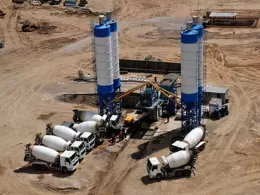
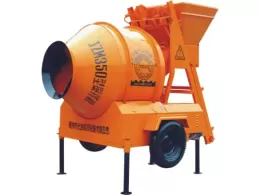
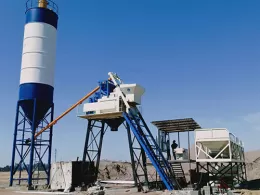

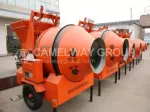
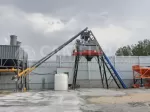
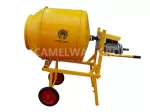
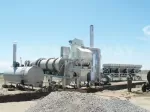
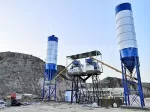


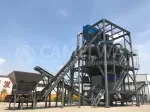
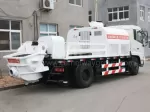
0 Comment